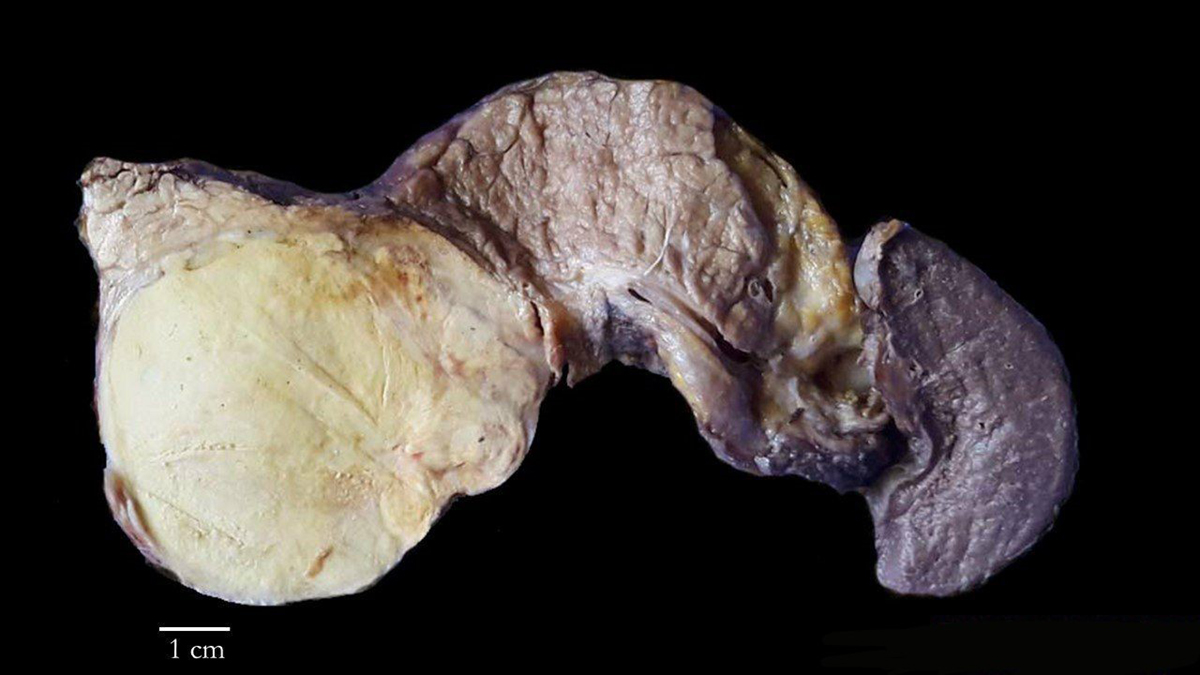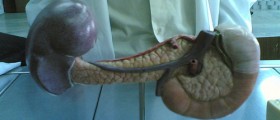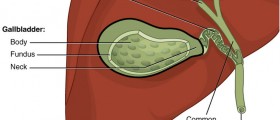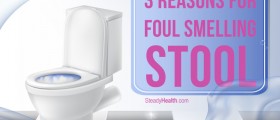Pancreas is organ in the human body that helps in the digestion of consummated fat. This organ is also responsible for the regulation of the human metabolism, since it produces insulin (metabolic hormone). Pancreas could be damaged by hyperlipidemia (high fat in the blood), high cholesterol and thyroid levels, but also by overuse of alcohol. Chronic pancreatitis is the condition characterized by inflammation of pancreas.
The most likely causes of chronic pancreatitis are: alcoholism, smoking, gallstones and heightened levels of calcium (hypercalciemia), triglycerides (hypertriglyceridaemia), and parathyroid hormones (hyperparathyroidism) in the blood. Cystic fibrosis and pancreatic cancer are also probable causes of chronic pancreatitis.
Patients suffering from chronic pancreatitis experience serious pain, located below their rib cage, nausea and vomiting. Chronic pancreatitis can affect the digestion of fats and vitamins in the body and provoke diabetes.
Consequences of Chronic Pancreatitis
Pancreatitis could cause the blockage of the bile duct, leading to the lack of bile in the intestines. Instead going to the gut, bile gets redirected to the blood, causing toxic effects and jaundice. This condition might also cause blockage of the pancreatic duct. There might be an accumulation as the pancreatic cyst, abdominal pain, vomiting or even gut bleeding. These complications are usually treated with medications, or in severe cases by surgery.
Pancreatic cancer is a condition frequently found in chain smokers suffering from chronic pancreatitis.
Kidney problems and even kidney failure are also the possible complications of chronic pancreatitis, usually as further damage to the body, after the pancreas and bile duct blockages.
In rare cases, these patients might develop ascites (blockage of the gut) and blood clots in spleen and pancreas blood vessels.
This condition is slowly progressive, and people suffering from chronic pancreatitis usually live 10 and sometimes 20 years shorter than normal. Pancreatic cancer, intestinal bleeding and the damage to the liver are the risk factors that can significantly shorten life expectancy of patients suffering from pancreatitis.
The mortality of these patients is about 5 to 10%, but among the group of people who survived 10 year after the diagnosis had been established, mortality goes to 60 to 80%.
Chronic pancreatitis is the condition that usually affects adults. However, sometimes, after the pancreatic injuries or because of the genetic predisposition, children may also suffer from this condition.
- Historically, the clinical diagnosis of CP was based on the triad of calcifications of the pancreas on imaging, steatorrhea and diabetes mellitus. The diagnosis required evidence of irreversible, end-stage disease.
- The normal pancreas produces more than 900,000 USP units of lipase with each meal, along with much larger amounts of various proteases and amylase. Exocrine pancreatic insufficiency (EPI) and steatorrhea occurs when less than 10% of this amount is present and active in the duodenum. A number of pancreatic conditions are commonly associated with EPI: CP, cystic fibrosis (CF), loss of pancreatic tissue due to resection or necrosis, pancreatic adenocarcinoma, pancreatic duct obstruction, and other rarer conditions.
- There is a great need to assess and accurately diagnose EPI before end-organ damage develops in conditions such as recurrent acute pancreatitis. Current methods can only diagnose advanced disease and lack the ability to predict disease progression. Standardization of current tests and adoption of standard protocols are needed. Furthermore, there are no drugs that can slow or retard disease progression. Recent advances in CF treatment and knowledge of the interaction of ductal and acinar cell secretion hold promise for targeted therapeutic intervention.
- Abdominal pain is the most disabling symptom in people with CP, leading to multiple hospital visits, endoscopic procedures, surgical procedures, and causes significant socioeconomic burden. Despite increasing evidence that the pain of CP is more related to the “wiring” versus the “plumbing” of the pancreas, there are currently no simple, inexpensive, and widely available tool(s) that clinicians can use to accurately differentiate neuropathic and visceral pain.
How to Increase Life Expectancy
Patients suffering from chronic pancreatitis are recommended to avoid alcohol and quit smoking immediately, since both of these can damage the liver and kidneys even further. Doctors recommend eating plenty of vegetables (especially green leafy) and fruits and using mostly whole grains in the diet. Avoiding the fat and drinking plenty of water are a must for these people.
There are also some supplements, beneficial for chronic pancreatitis patients, including: pancreatin, selenium and vitamin C.


















Your thoughts on this
Loading...